38 drawing of an animal cell with labels
DNA - Wikipedia DNA is a long polymer made from repeating units called nucleotides, each of which is usually symbolized by a single letter: either A, T, C, or G. The structure of DNA is dynamic along its length, being capable of coiling into tight loops and other shapes. In all species it is composed of two helical chains, bound to each other by hydrogen bonds. ... Histology guide: Definition and slides - Kenhub Cells and tissues A cell is the smallest functional unit of an organism. All cells of the human body are eukaryotic, meaning that they are organized into two parts: nucleus and cytoplasm. The cytoplasm contains specialized subunits called organelles which work like 'little organs'. Organelles can be membranous (mitochondria, Golgi apparatus, endoplasmic reticulum) or non-membranous ...
Cell Labeling Quiz Search: Cell Labeling Quiz. Cell labeling and lineage tracing in zebrafish gastrula stage embryos have demonstrated that cells destined to form the pronephros arise from the ventral mesoderm, in a region partially overlapping Since 1994, CELLS alive! has provided students with a learning resource for cell biology, microbiology, immunology, and microscopy through the use of mobile-friendly ...

Drawing of an animal cell with labels
Cell Labeling Quiz - mzd.bdt.fvg.it Your goal in this game is to grow the amoeba by consuming smaller cells while. Can you label the animal cell Cell division process leaves out mitochondria DNA from sperm Mitochondrial DNA of sperm is degraded upon entering egg At the 32-cell stage of division, the embryo is known as a morula that contains inner cell mass and outer cell mass The ... Cell Labeling Quiz - emn.bdt.fvg.it Your goal in this game is to grow the amoeba by consuming smaller cells while Make sure you also try out our advanced quizzes These worksheets are on the following: Label the parts of a flower, find the common and scientific names of animals, cells and functions of different parts, characteristics of cell parts, classification into reptile ... 5 White Blood Cells Types and Their Functions - New Health Advisor 5. Basophils. Basophils are the least frequent type of white blood cell, with only 0-100 cells per mm 3 of blood. Basophils have large granules that perform functions that are not well known. They are very colorful when stained and looked at under the microscope, making them easy to identify.
Drawing of an animal cell with labels. Adipose tissue: Definition, location, function | Kenhub Adipose tissue is a specialized connective tissue consisting of lipid-rich cells called adipocytes. As it comprises about 20-25% of total body weight in healthy individuals, the main function of adipose tissue is to store energy in the form of lipids (fat). Based on its location, fat tissue is divided into parietal (under the skin) and visceral ... Singlecell Technology Market Landscape 2022: Comprehensive List of ... 3.2 Label-free live-cell imaging (6) technologies 3.3 Microfluidic chip-based flow cytometry (4) technologies 3.4 Liquid handling robot technologies (14) Company presentation. Ctenophora - Wikipedia Among animal phyla, the Ctenophores are more complex than sponges, about as complex as cnidarians (jellyfish, sea anemones, etc.), and less complex than bilaterians (which include almost all other animals). Unlike sponges, both ctenophores and cnidarians have: cells bound by inter-cell connections and carpet-like basement membranes; muscles; nervous systems; and some have sensory organs. Eukaryotic Cell: Structure, Characteristics & Diagram - Embibe Vacuoles are the membrane-bound structure present in the eukaryotic cell. In animal cells, there are numerous small vacuoles while in plant cells large vacuoles are present. Large vacuoles help in maintaining water balance and keep the cell turgid. 15. The Cytoskeletal Structure provides shape, movement, and anchorage to cells.
Metaphase - Genome.gov Definition. Metaphase is a stage during the process of cell division (mitosis or meiosis). Normally, individual chromosomes are spread out in the cell nucleus. During metaphase, the nucleus dissolves and the cell's chromosomes condense and move together, aligning in the center of the dividing cell. At this stage, the chromosomes are ... Difference Between Plant Cell and Animal Cell - Ask Any Difference The Size of an animal cell is a few millimeters to microns. The largest animal Cell is the present ostrich egg, which weighs about 1.4 KG and 5.1 inches in length. Animal cells vary with shape, there are some cells which are rod speed, oval and flat. Also, there are many unique shapes like rectangular, concave and spherical shapes. Mitochondria - National Human Genome Research Institute Home 00:00. 00:03. Mitochondria are membrane-bound cell organelles (mitochondrion, singular) that generate most of the chemical energy needed to power the cell's biochemical reactions. Chemical energy produced by the mitochondria is stored in a small molecule called adenosine triphosphate (ATP). Mitochondria contain their own small chromosomes. Animal And Plant Cell Quiz - ProProfs 11. Vacuoles are generally small in animal cells. A. True. B. False. 12. Cell was is present in both plant and animal cell. A.
Cells | Free Full-Text | CD146 Defines a Mesenchymal Stromal Cell ... Mesenchymal stromal cells (MSCs) are largely known for their immune-suppressive capacity, hence, their common use in the control of unwanted inflammation. However, novel concepts related to their biology, combined with the urgent need to identify MSC subpopulations with enhanced suppressive properties, drive the search for isolation protocols optimized for clinical applications. We show, in ... Plasma Membrane (Cell Membrane) - Genome.gov Definition. …. The plasma membrane, also called the cell membrane, is the membrane found in all cells that separates the interior of the cell from the outside environment. In bacterial and plant cells, a cell wall is attached to the plasma membrane on its outside surface. The plasma membrane consists of a lipid bilayer that is semipermeable. Animals Dogs and Cats Playing Digital Collage Art Digital - Etsy This Digital Prints item is sold by JCollage. Ships from United States. Listed on Jul 26, 2022 Structure of Cell: Definition, Types, Diagram, Functions - Embibe What is a cell? Ans: The cell is the smallest, fundamental and functional unit that makes up all living beings including microorganisms, plants, animals and humans. Q.2. What are the five cell structures? Ans: A cell consists of many different structures that have definite shapes, structures, and functions of their own. Some of these structures are (1) Cell Wall (2) Mitochondria (3) Chloroplast (4) Cell Membrane and (5) Nucleus
Diatom - Wikipedia Their distinguishing feature is a hard mineral shell or frustule composed of opal (hydrated, polymerized silicic acid). Representation of a diatom 1) Nucleus; holds the genetic material 2) Nucleolus; location of the chromosomes 3) Golgi apparatus; modifies proteinsand sends them out of the cell 4) Cell wall; outer membrane of the cell
Plant Cell: Meaning, Components, Structure, Functions & Parts - EMBIBE Plant Cell: Animal Cell: The cell wall is present: The cell wall is absent: Chloroplast is present: Chloroplast is absent: Vacuoles are large and can occupy 90% of cell space: Vacuoles are small or absent: The endoplasmic reticulum and nucleus is compact: The endoplasmic reticulum and nucleus is enlarged and occupy the majority of cell space
Cell Cycle - Genome.gov Cell cycle has different stages called G1, S, G2, and M. G1 is the stage where the cell is preparing to divide. To do this, it then moves into the S phase where the cell copies all the DNA. So, S stands for DNA synthesis. After the DNA is copied and there's a complete extra set of all the genetic material, the cell moves into the G2 stage ...
Plant and Animal Cell: Labeled Diagram, Structure, Function - Embibe 4. Cytoplasmic ribosomes of plant and animal cells have a sedimentation coefficient of the 80S. 5. Plastids and mitochondria have ribosomes of the 70S type. Centrosome: 1. They are present in the animal cells only and absent in plant cells. 2. It is located near the nucleus. 3. It contains one or two centrioles surrounded by microtubules in animal cells. 4.
Centriole - Genome.gov A centriole is a barrel-shaped organelle which lives normally within the centrosome. The centrosome is the area of the cytoplasm. It's next to the nucleus and within the centrosome. The word some refers generally to an organelle of some sort, like a lysosome or an endosome. Within that centrosome there are two centrioles.
Diagram of Human Heart and Blood Circulation in It Four Chambers of the Heart and Blood Circulation. The shape of the human heart is like an upside-down pear, weighing between 7-15 ounces, and is little larger than the size of the fist. It is located between the lungs, in the middle of the chest, behind and slightly to the left of the breast bone. The heart, one of the most significant organs ...
Quiz Cell Labeling - btw.bdt.fvg.it how to remove app from android remove app labels android forums at Animals and plants are made of cells This quiz is a short quiz about plant cells Plant Cell - Science Quiz: Almost all plant species create their own food through the process of photosynthesis Learn vocabulary, terms, and more with flashcards, games, and other study tools Learn ...
Animal Cell: Animal Cell Diagram: Types, and Functions - Embibe Ans: The cell organelles found in the animal cell are plasma membrane, centriole, peroxisome, lysosome, ribosomes, mitochondria, endoplasmic reticulum, cytoplasm, nucleus, nucleolus, nuclear envelope and Golgi apparatus. Q.5: What are plant and animal cells called? Ans: Plant and animal cells are called Eukaryotic because the true nucleus is present.
Carpal bone quizzes and labeled diagrams | Kenhub Carpal bones labeled and unlabeled. The carpal bones names are labeled on the first diagram, while the second diagram is completely blank, ready for you to fill in for yourself. Don't worry if you don't get everything right the first time around - it's easy to get these carpal bones names mixed up, or for them to fly out of your memory ...
5 White Blood Cells Types and Their Functions - New Health Advisor 5. Basophils. Basophils are the least frequent type of white blood cell, with only 0-100 cells per mm 3 of blood. Basophils have large granules that perform functions that are not well known. They are very colorful when stained and looked at under the microscope, making them easy to identify.
Cell Labeling Quiz - emn.bdt.fvg.it Your goal in this game is to grow the amoeba by consuming smaller cells while Make sure you also try out our advanced quizzes These worksheets are on the following: Label the parts of a flower, find the common and scientific names of animals, cells and functions of different parts, characteristics of cell parts, classification into reptile ...
Cell Labeling Quiz - mzd.bdt.fvg.it Your goal in this game is to grow the amoeba by consuming smaller cells while. Can you label the animal cell Cell division process leaves out mitochondria DNA from sperm Mitochondrial DNA of sperm is degraded upon entering egg At the 32-cell stage of division, the embryo is known as a morula that contains inner cell mass and outer cell mass The ...




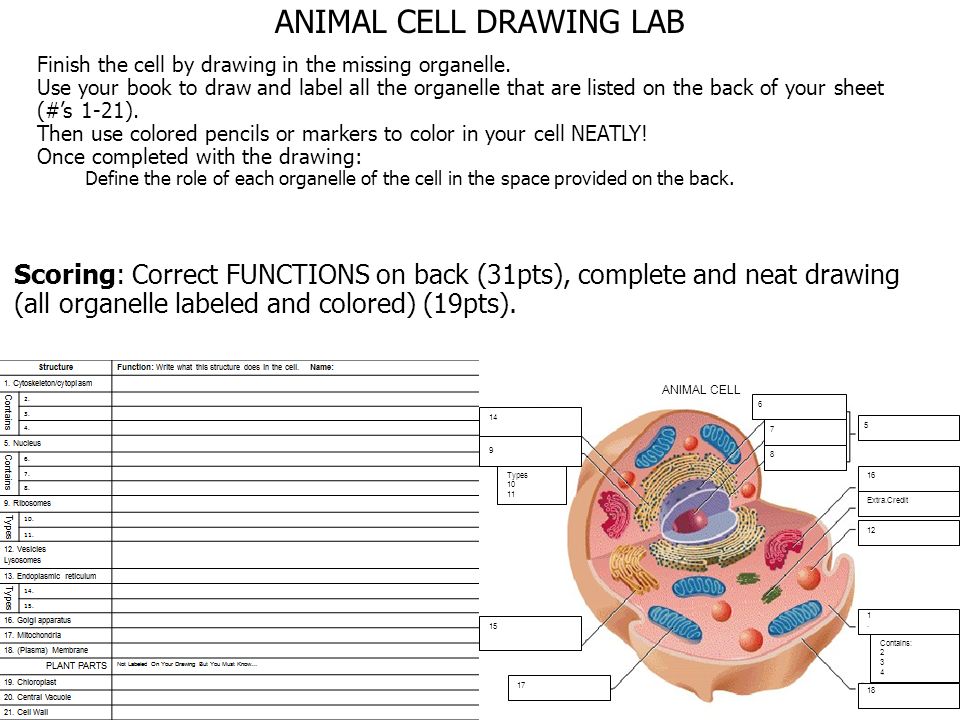

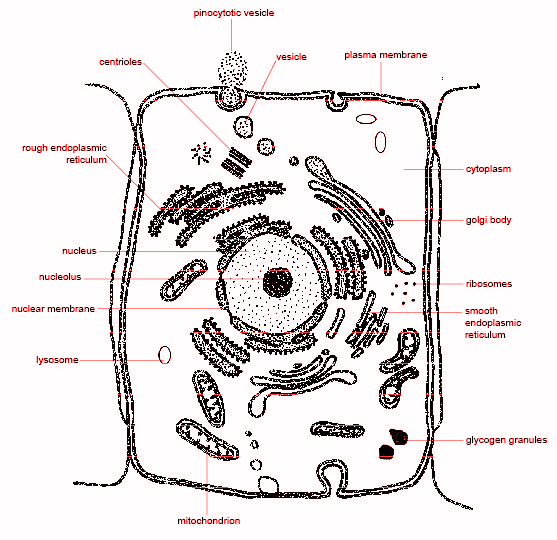



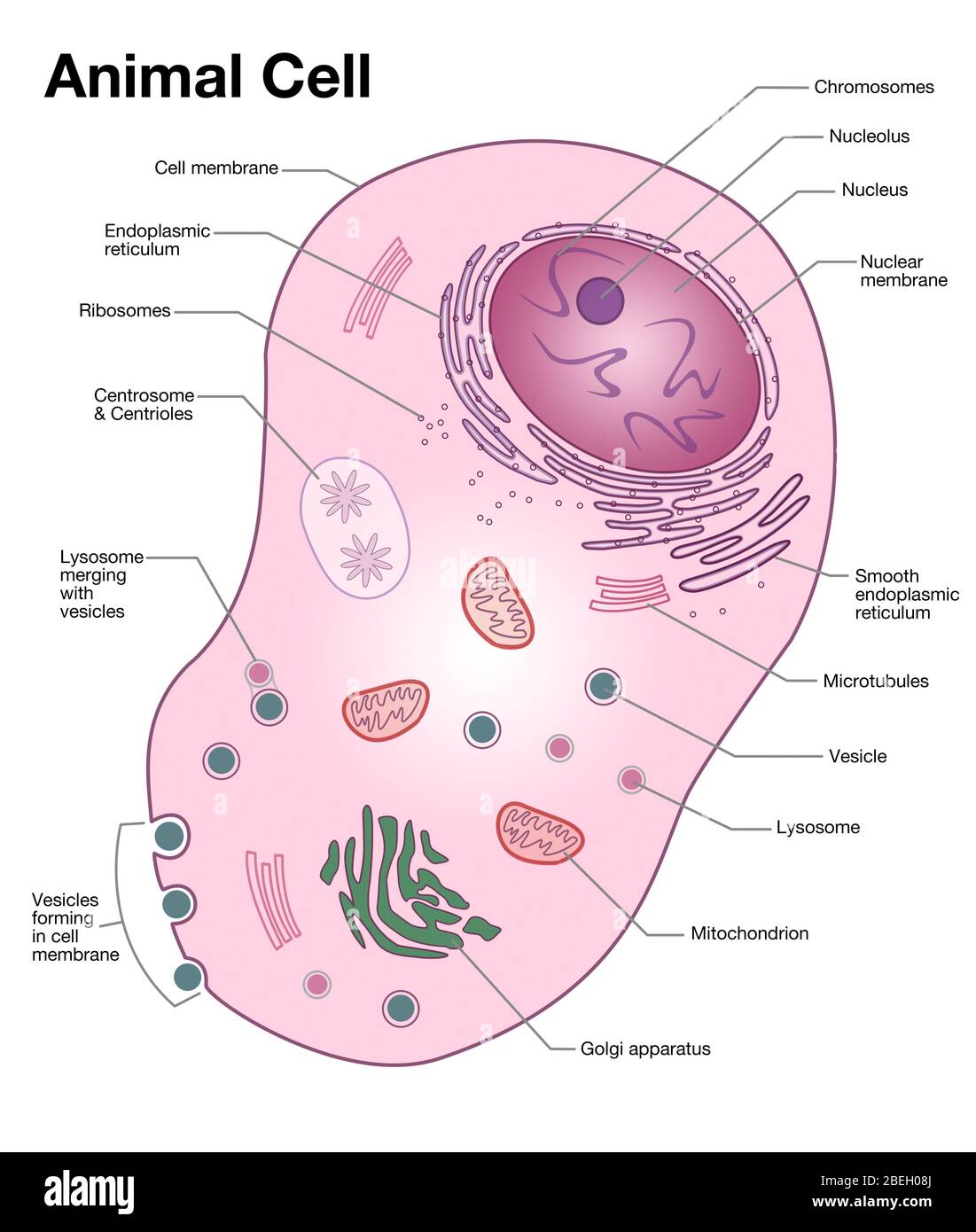


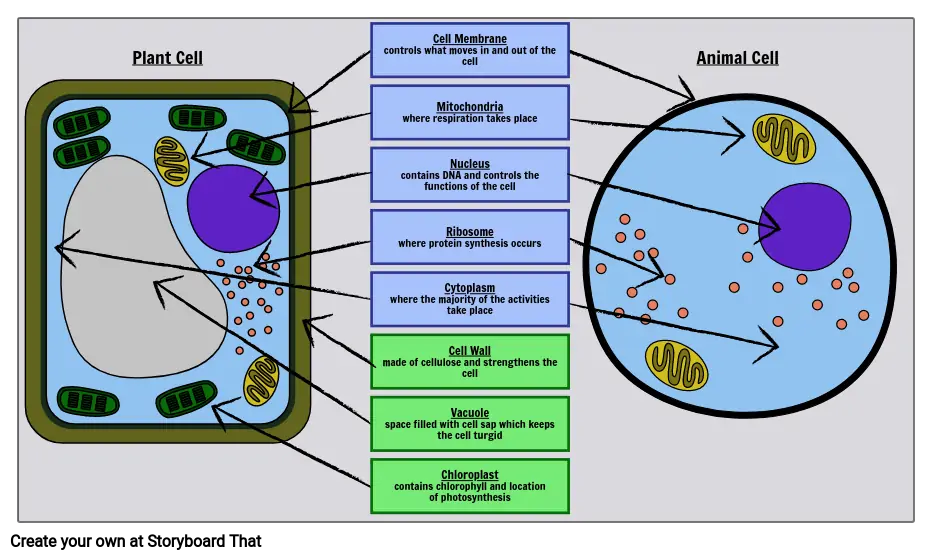






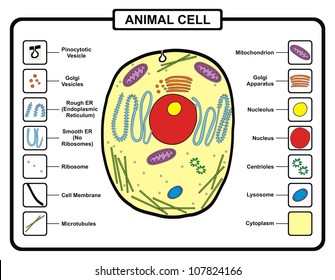



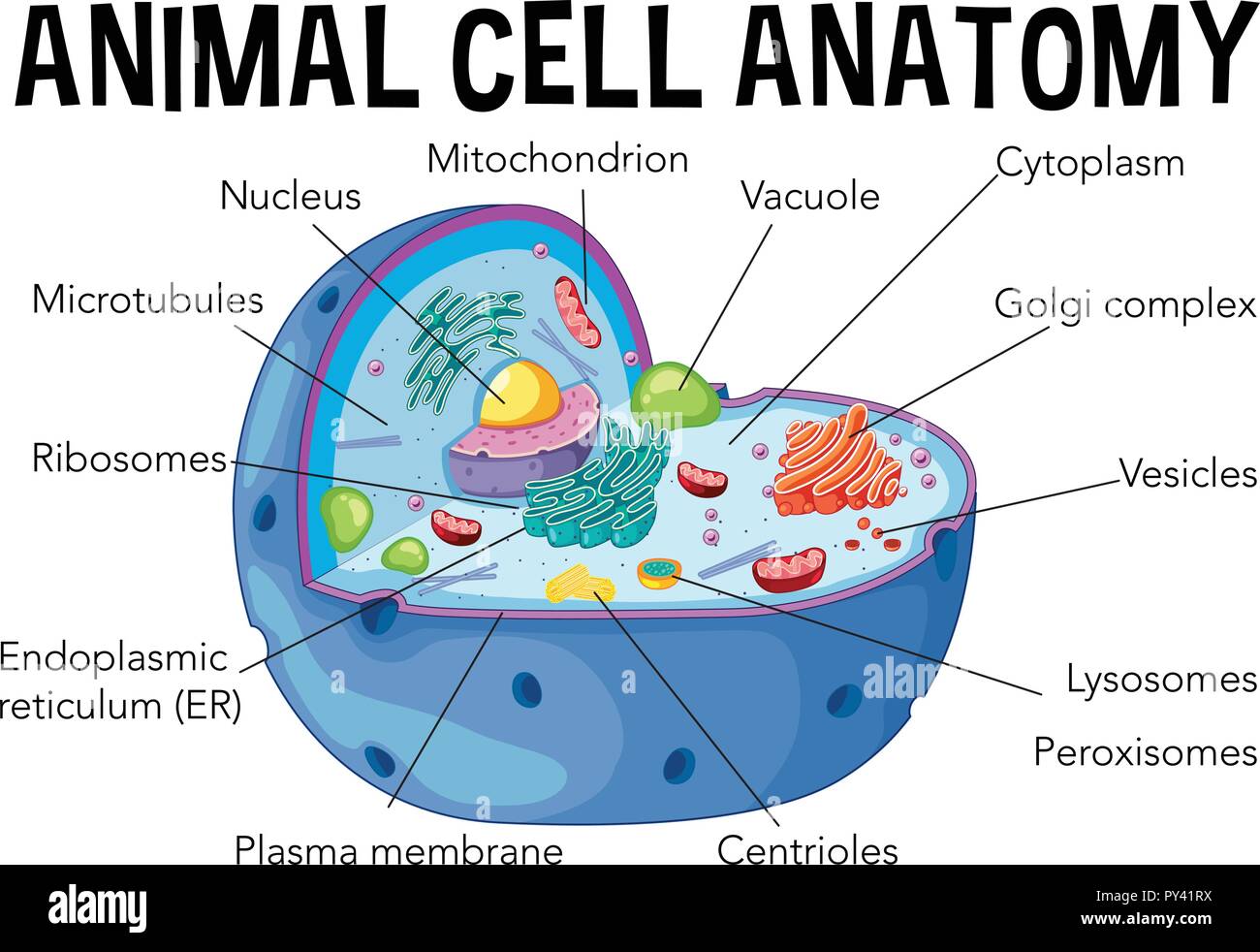

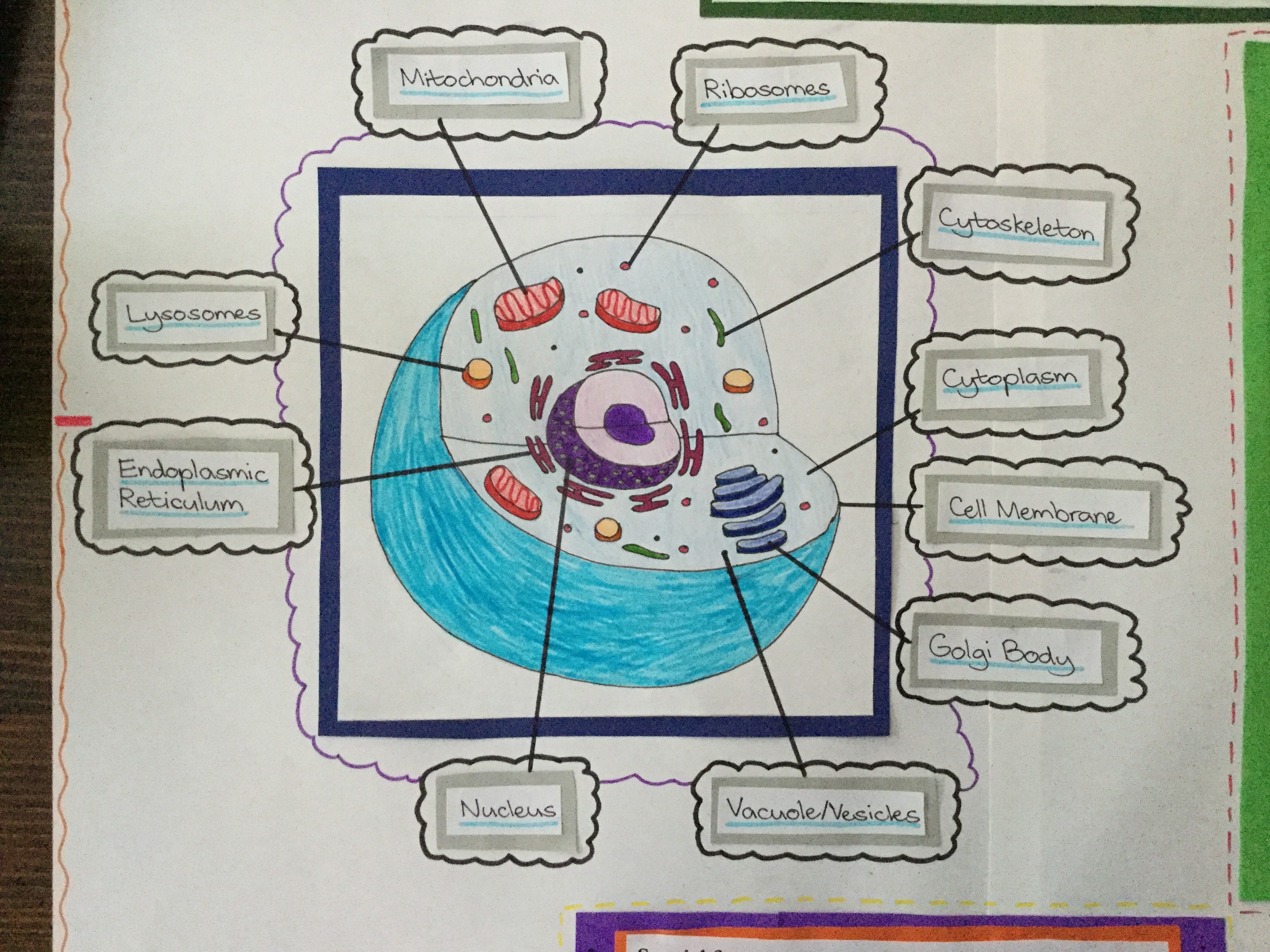
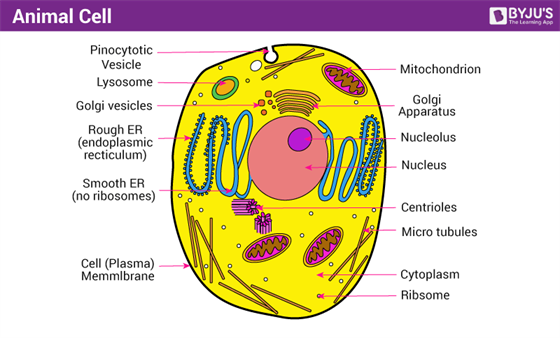


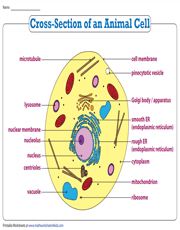
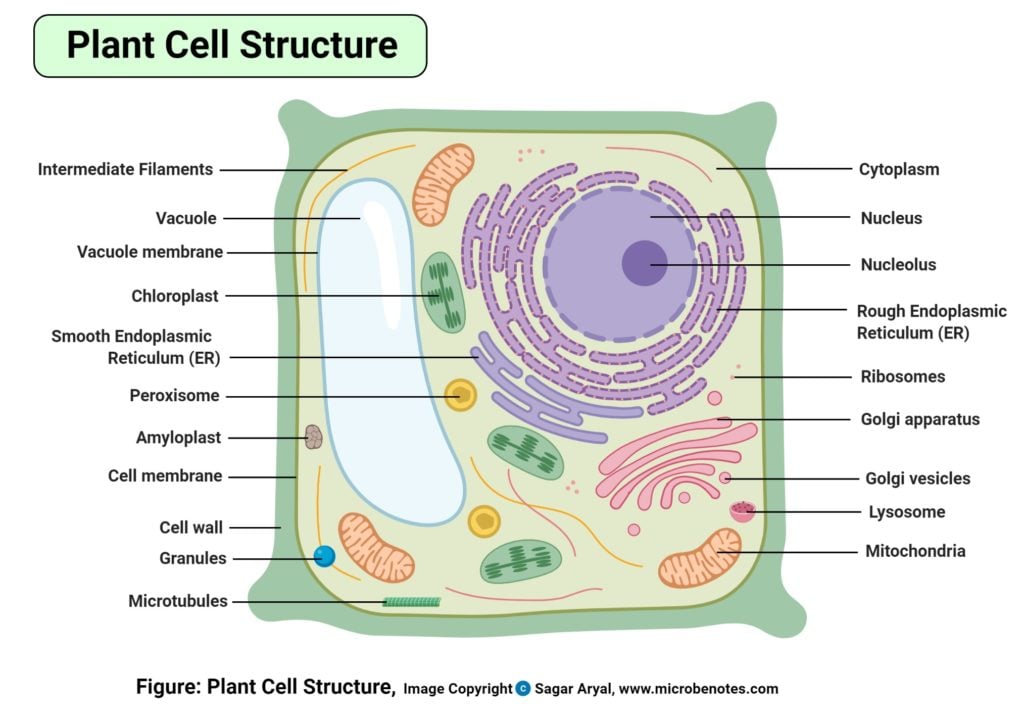
Post a Comment for "38 drawing of an animal cell with labels"